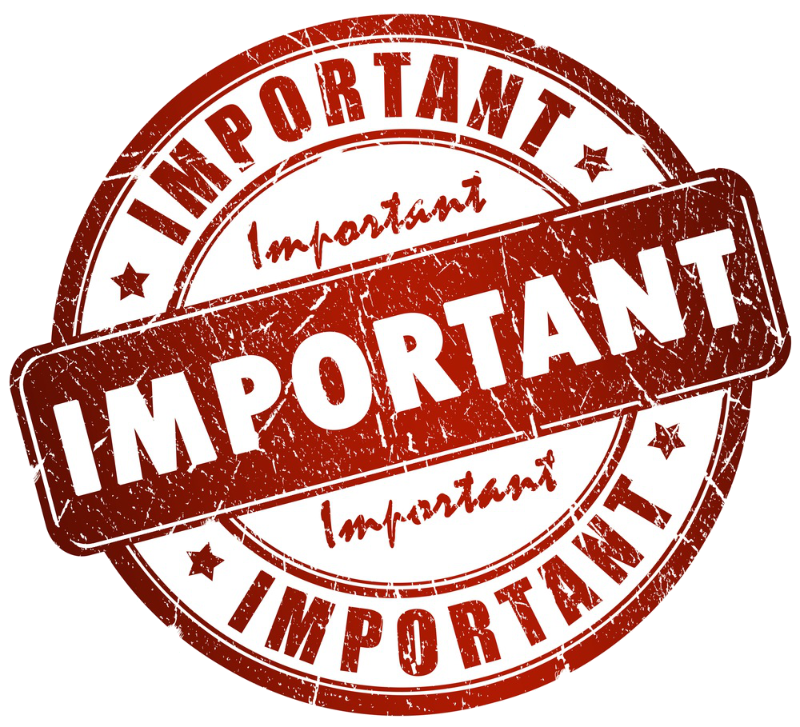PUBLICATION 54
Rev. 07/18

Sales Tax Information
for Public Utilities
Utah State Tax Commission
210 North 1950 West
Salt Lake City, Utah 84134
801-297-2200
1-800-662-4335

Introduction
This publication provides tax information relating to public utilities. It includes Utah law and Tax Commission rules, but is not all-inclusive. Future law or rule changes may change this publication.
Find general sales and use tax information in Publication 25.
Delivery Locations
The location where a transaction is completed is the location where a purchaser receives gas or electricity sold by a public utility. This is the customer’s residential or business address. The location of the meter is normally the point of sale or use.
The Tax Commission establishes a sales tax account’s delivery location outlets according to the information provided by the account holder. These outlets are pre-printed on form TC-62M Schedule A in addition to brick-and-mortar outlets.
Public utilities report sales and use tax on form TC-62M and Schedule A. Each jurisdiction where service is delivered is listed as a delivery location on Schedule A.
Municipal Energy Sales and Use Tax
A municipality may levy municipal energy sales and use tax of up to 6 percent of the delivered value of taxable energy (gas and electricity) sold or used within its borders. This is in addition to any local-option sales and use taxes the municipality imposes.
The easiest way to file all municipal energy sales and use tax returns, reports and payments is online, using Taxpayer Access Point (TAP), our online account management system. TAP:
- is fast
- is accurate
- calculates for you
- is available 24/7
You will need the following information to set up online access to your accounts:
- Federal Employer Identification Number (FEIN) or Social Security Number (SSN),
- Utah 14-digit account number
- Your PIN
The return and payment are both due at the same time as your Sales and Use Tax Return.
Exemptions from sales and use taxes do not apply to the municipal energy sales and use tax. However, municipalities must exempt:
- sales and use of motor fuel, special fuel and aviation fuel subject to motor and special fuel tax;
- sales and use of gas and electricity that the municipality is prohibited from taxing under federal law, the U.S. Constitution or the Utah Constitution;
- gas and electricity brought into Utah by a nonresident for the nonresident’s personal use;
- sales or use of gas and electricity for any purpose other than use as a fuel or energy;
- sales or use of gas and electricity to a person if the primary use is for compounding or producing gas and electricity or a fuel subject to the motor and special fuel tax;
- sales of gas and electricity for use outside of the municipality imposing the tax;
- sales and use of gas and electricity purchased or stored in Utah for resale; or,
- sales of electricity produced from a new alternative energy source built after Jan. 1, 2016, as designated in the retail tariff by the Public Service Commission of Utah.
A municipality that generates electricity for customers within its borders may exempt customers who, as of July 1, 1997, were receiving electrical energy from a supplier other than the municipality and whose needs the municipality cannot meet.
The Tax Commission receives and distributes tax revenues for the participating localities, unless the municipality is the energy supplier, or the energy supplier collects at least $1 million in municipal energy sales and use taxes annually from its Utah customers. In those cases, the energy supplier pays the municipal energy sales and use taxes it collects directly to the municipality and electronically files an annual information return (TC-62ER, Municipal Energy Sales and Use Tax Report) with the Tax Commission.
The delivered value is the arm’s length sales price of the energy, including any transportation, freight, service or customer demand charges, or other costs incurred in obtaining the energy. The point of delivery of gas and electricity is normally the location of the meter.
A user of natural gas or electricity who has paid municipal energy sales and use tax to a supplier on a portion of the delivered value of the energy (evidenced by a separate charge on the invoice from the supplier) may credit the taxes paid to the supplier against the tax it pays the Tax Commission. The tax is distributed to the municipality that levied the tax.
Taxpayers who pay the municipal energy sales and use tax on a monthly basis qualify for a 1 percent seller discount.
Energy Suppliers
An energy supplier includes an entity that bills a consumer for costs to transport taxable energy to that consumer. An entity that has Utah nexus and bills an end user for taxable energy transportation costs must include on the billing the municipal energy sales and use tax calculated on the transportation costs.
Some gas consumers buy energy from third-party suppliers, but another entity transports the gas. In such cases, if the transporter does NOT charge municipal energy sales and use tax on the transportation, then the consumer must become licensed for municipal energy sales and use tax and report the amount directly to the Tax Commission (form TC-62E).
Anyone who delivers taxable energy to the point of sale or use, but provides only the transportation component of the taxable energy, must report delivery volumes each quarter. Use Schedule TC-62ET to report delivery volumes for each user to whom you provide only the transportation component of the taxable energy’s delivered volume.
Multi-Channel Audio and Video Service
Amounts paid or charged for multi-channel video or audio services provided by a multi-channel video or audio service provider within Utah are taxable at the statewide rate of 6.25 percent. The provider or seller of multi-channel video and audio services must calculate, collect, report and pay the tax to the Tax Commission. Use form TC-62W, Miscellaneous Sales Taxes, Fees and Charges Return. Calculate the tax on the base price plus any franchise fee combined into the total service charge.
The return and payment are both due at the same time as your Sales and Use Tax Return. You may pay online at tap.utah.gov.
A multi-channel video or audio service provider is defined as any person or group of persons that:
- provides multi-channel video or audio service and directly or indirectly owns a significant interest in the multi-channel video or audio service; or
- otherwise controls or is responsible, through any arrangement, for the management and operation of the multi-channel video or audio service.
A multi-channel video or audio service provider includes the following, except those specifically exempted by state or federal law:
- a cable operator,
- a SMATV operator,
- a CATV provider,
- a direct-to-home satellite service provider,
- a multi-point distribution provider,
- a DBS provider, and
- a MMDS provider.
A multi-channel video or audio service provider may claim a nonrefundable tax credit against the multi-channel video or audio tax imposed on the provider. The credit is in an amount equal to 50 percent of the total amount of county or municipality franchise fees paid by the provider to all counties and municipalities that impose the franchise fee. The credit must be claimed each filing period on the return filed for that period and may not be carried forward or back. The tax credit does not reduce the cost of the service when calculating tax due.
The provider must pass through to its customers the amount of nonrefundable credit claims for a filing period and it must be done in the same period for which the credit is claimed by the provider. The tax rate may not be reduced to compensate for the claimed credit.
Translation
To help visitors understand information on this page in a variety of languages, the Tax Commission has added a link at the top to an automated translation service. This type of service is not perfect, and context or meaning may be inaccurately or incompletely translated. As a result, the Tax Commission cannot guarantee the accuracy of translated information. Anyone relying on translated information does so at their own risk. In the event of any disagreement or ambiguity between a translation and the original English document, the original English document is correct.
If you need an accommodation under the Americans with Disabilities Act, email taxada@utah.gov, or call 801-297-3811 or TDD 801-297-2020. Please allow three working days for a response.
 Taxpayer Access Point (TAP) will be upgraded Friday, December 11 at 5:00pm through Monday, December 14 at 7:00am. TAP will be unavailable during this time.
Taxpayer Access Point (TAP) will be upgraded Friday, December 11 at 5:00pm through Monday, December 14 at 7:00am. TAP will be unavailable during this time.